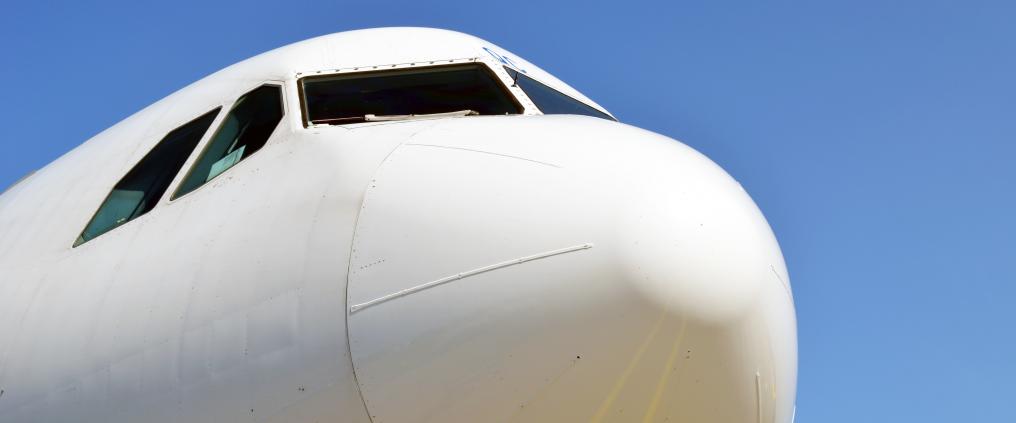It’s perhaps something that most travelers, even frequent flyers, have wondered about but never bothered to ask: why are airplanes usually painted white?
Of course, every airline has its own distinctive branding or livery – comprising colour, graphic, and typographical identifiers – but underneath it all nearly all passenger aircraft sport white paint. Here are a few reasons why.
1. It reflects sunlight.
The main reason why aircraft are painted white or light colours is to reflect sunlight. Other colours will absorb most of the light. This is crucial as when sunlight is absorbed by an aircraft, this heats up the body of an airplane.
Painting a passenger plane white minimises both the heating and potential damage from solar radiation not only when the airplane is in flight, but also when it’s parked on the runway.
2. It doesn’t fade.
When flying at high altitudes, airplanes are completely exposed to various atmospheric conditions. Coloured aircraft tend to fade over time, and thus require repainting to maintain their aesthetic appeal. Aside from the fact that paint adds significant weight to an aircraft –meaning more fuel is burned – the paint itself costs money, too.
On the other hand, an airplane that is painted white or a light colour doesn’t appear significantly different even after spending a significant amount of time in the air.
3. It allows signs of damage to be detected more easily.
For obvious safety reasons, commercial aircraft are regularly checked for forms of surface damage such as cracks and dents.
Nothing works better than white paint as these dents, oil spills and other faults are almost always darker than white, allowing them to be identified and repaired swiftly.
4. It reduces bird strikes.
A bird strike is defined as a collision between a bird and an aircraft which is in flight or one that is taking off, landing, or in low altitude flight. Bird strikes are common and can be a significant threat to aircraft safety.
White exteriors can enhance aircraft visibility and potentially increase its detection and avoidance by birds. Darker aircraft colour schemes, on the other hand, could possibly reduce the contrast between aircraft and the visual background. In turn, this may reduce the ability of birds to detect aircraft in sufficient time to avoid collision.
Sources: The Telegraph, Business Insider



